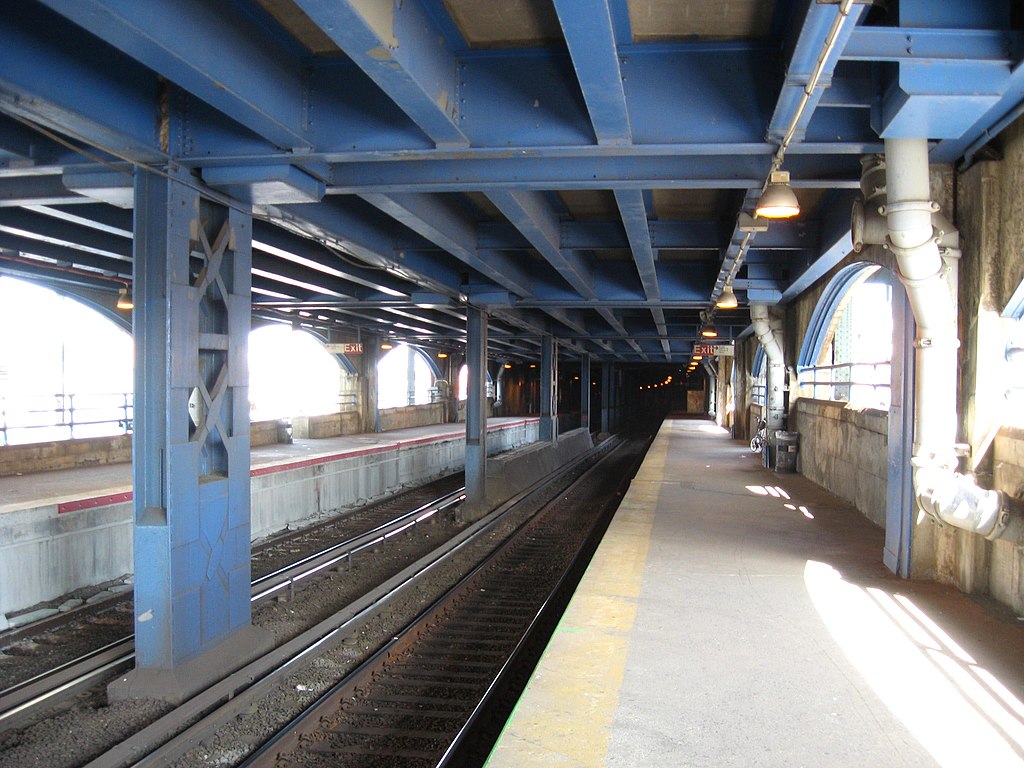Cause & Effect
I am absolutely obsessed with subtle interventions that have outsized effects.
I’ll give an example from my law school days. Every first-year law student takes a tort law class, and every tort law class spends a lot of time focusing on causation — the inciting incident that triggers the injury at the center of any tort suit. Tracing the cause of an injury is a fascinating existential exercise. Since lawyers love to sue anybody who might be remotely at fault (like the engineer who built the circuit board that timed the red light that you drove through before hitting that other car), courts generally employ a common-sense limitation on causality called proximate cause. This concept was largely established by a case that’s published in every tort law textbook: Palsgraf v. Long Island Railroad Co (248 N.Y. 339, 1928).
I’ll briefly outline the facts of Palsgraf: a railroad passenger was running along a platform trying to catch a train as it was leaving the station. A station agent attempted to push him aboard the train, and as a result the passenger dropped the package he was carrying, which turned out to be carrying several fireworks. These fireworks exploded as they hit the ground, causing a penny scale on the platform to topple over and injure poor Mrs. Palsgraf.
While the court held that the station agent wasn’t legally liable for Mrs. Palsgraf’s injuries (proximate cause), she surely would never have been hurt if he hadn’t jostled the package (cause-in-fact).
Much as in tort law, analyzing chains of causality like this is a common practice in the world of interaction design. Steve Jobs illustrated the way small decisions can have staggering impacts when he famously encouraged the engineers of the original Macintosh to speed up the computer’s boot sequence: he suggested multiplying the number of seconds they could save by the millions of people who would be using the machine every day. It adds up to an impressive figure.
It’s a useful rhetorical device, but it’s also a meaningful example of why design is powerful. As designers, 0ur job is to absorb the labor of wrestling with these large system-level questions, try to follow threads of causality as far into the future as possible, and then convert those insights and predictions into clear, streamlined, simple tools that make people’s lives easier.
After all, if that passenger with the fireworks in Palsgraf had just had an app that notified him about LIRR departure times so he wasn’t late for the train…

